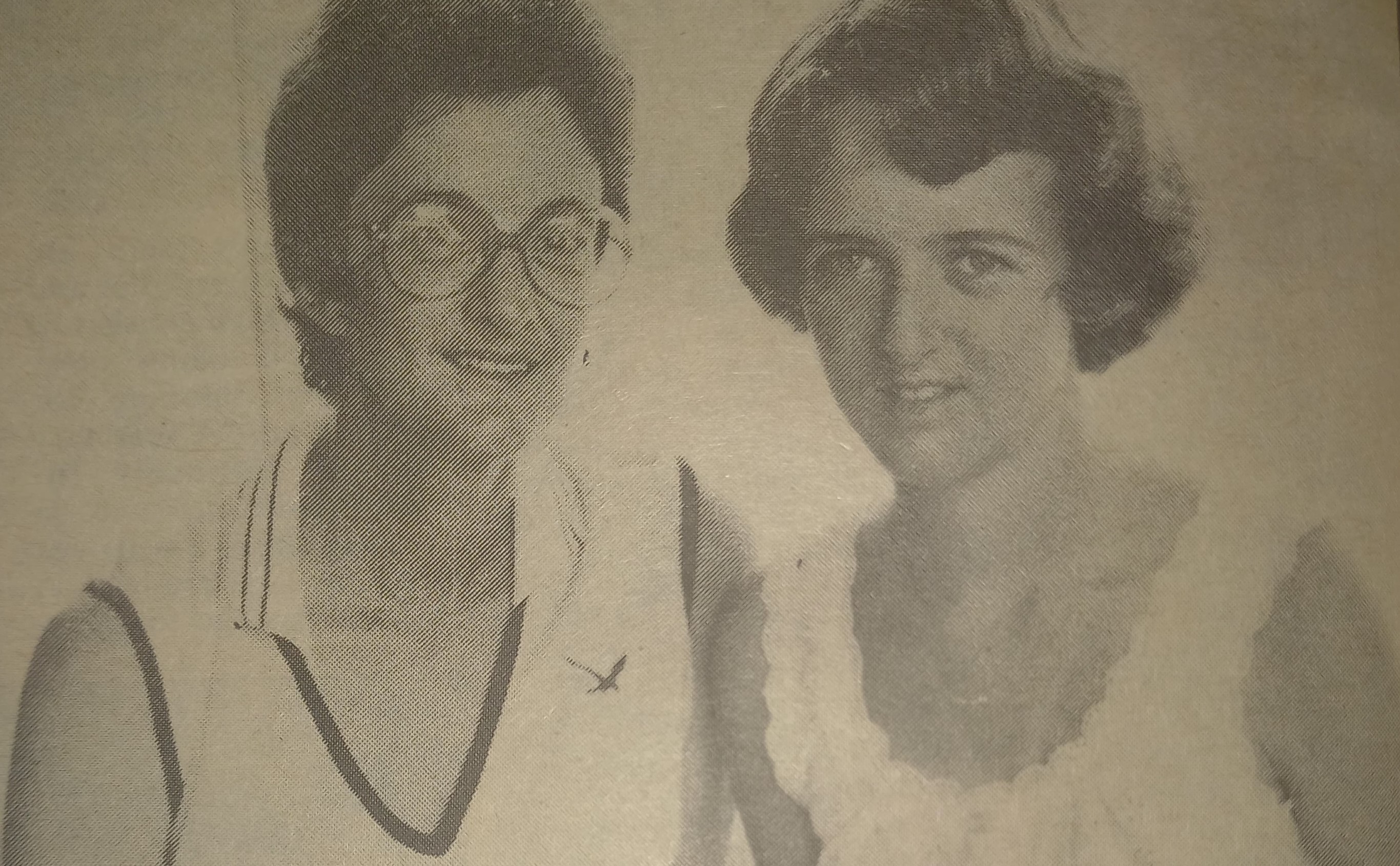The Dingles left their expensive piano at home in Queensland, Australia when they travelled to Fiji and were in search of a secondhand one for their promising musical daughter to practice at their new home in Suva.
Desperate mother Nan Dingle Airs, in an article in The Fiji Times on February 17, 1983, said she had advertised but there was no reply “as if there is not a single secondhand piano for sale in Suva.”
Nan and her three daughters, Rush, 15, Genny, 14 and Tessa, 11, arrived in Fiji six weeks prior with her husband, Dr John Gordon Dingle, who had taken up a position of senior lecturer at the Fiji College of Agriculture.
“Ruth was doing advanced classes in piano and flute, it is not a big problem, but she will have to work extra hard when she returns home next year,” said Nan.
Genny played piano and clarinet, and Nan, who had been playing piano from her young days, was an accompanist pianist for her daughters.
She had arranged private piano lessons for Ruth who had to keep up with her music education, as she aimed to attend a conservatory or become a music teacher.
Nan felt music most probably had come from her mother’s side.
“She was Welsh, her parents wrote music and my grandmother led a choir of ladies, who wore long black hats and red checked aprons, until she was almost 90, when she died.
“Much depends on early training, the system in Queensland is that everyone learns free of charge woodwind and brass instruments before they buy their own instruments.
“This is why big concert bands are coming up in all the high schools, sponsored by the Education Department for the past five years, training anyone willing to practice.”
Ruth started playing piano at the age of six and flute at 11, and both sisters were playing in a school band. Apart from her love for music, Nan was also a professional potter.
She was born in Brisbane and completed a Bachelor of Arts degree from Queensland University and obtained a diploma from Teachers College.
She taught water colour painting, designing and history of arts to high school students until she married in 1963.
Nan said John had just completed his veterinary science course and PhD in animal husbandry and acquired his first job at Massey University in New Zealand.
During the three years there, Nan had her two daughters Ruth and Genny, returned home and lived in the area behind the Queensland Agricultural College where her husband worked.
After Tessa was born, artistic Nan directed her attention to pottery and took a three-year course in ceramic art.
Since 1973 she had been making, selling and teaching ceramic craft to high school students and to adults.
“Adult education is widespread in Queensland, from typewriting to icing cakes to all kinds of crafts.”
Nan’s studio was at home, her electric piano was valued at $2000 and an electric wheel $400. There was an enormous demand for refined pottery. She produced several hundred pieces a month and supplied to three galleries in Australia.
“They are sold quickly and I am supplying them constantly all the year round.”
Nan made tea and dinner services, decorative plates for the wall, jeweler containers and ornamental pieces. She and the children went to Scotland when John was on a sabbatical to look at the pottery research centre in Edinburgh.
“The girls attended school there and I had a good opportunity to look at the pottery of the British Isles, not any different from the pottery of Australia and New Zealand.”
She also held an exhibition of her wares and said coming to Fiji meant a year of holiday from potting, however, to keep her creative juices flowing, she had joined a water colour painting group in Suva.
Nan was looking forward to visiting Sigatoka to see what kind of pottery was made in Fiji and what sort of clay was available here.



